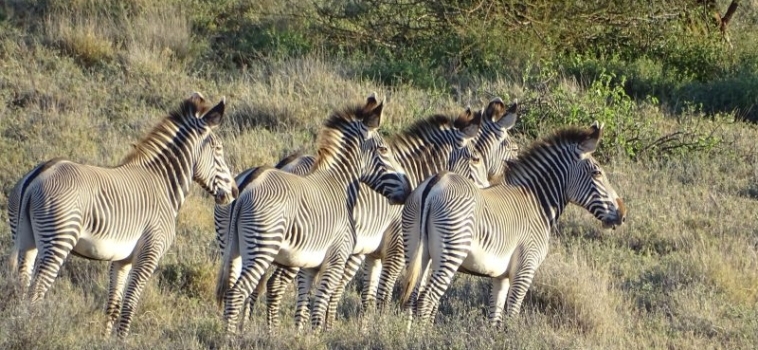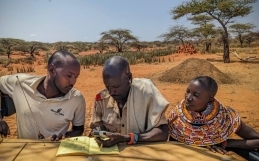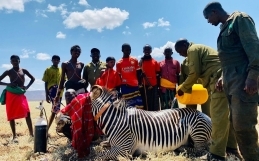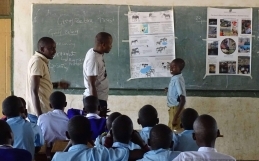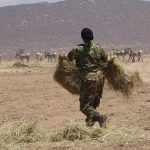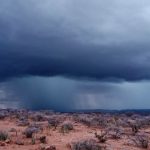Only an estimated 3,000 endangered Grevy’s zebra remain in the wild where less than 1% of their range is formally protected, with more than 90% of the population found in Kenya. They are categorized as Endangered on the IUCN Red List. In the El Barta region of northern Kenya, Grevy’s Zebra Trust’s team of Grevy’s Zebra Ambassadors works with their communities to monitor and protect a growing Grevy’s zebra population of approximately 305 individuals, and the critical resources they depend on. This region is also a focal site in the national recovery and action plan for Grevy’s zebra in Kenya.
The threats to Grevy’s zebra in El Barta include hunting for subsistence meat, displacement from critical grazing and water resources by migrating pastoralist communities who come to the area with their livestock, and sporadic insecurity which makes them more vulnerable to poaching. Despite the severity of these threats, the community-based conservation work of GZT and its partners in El Barta, has enabled the Grevy’s zebra population to grow. We urgently need to continue this critical work, to achieve our objective of a growing Grevy’s zebra population co-existing with unified communities that support conservation.
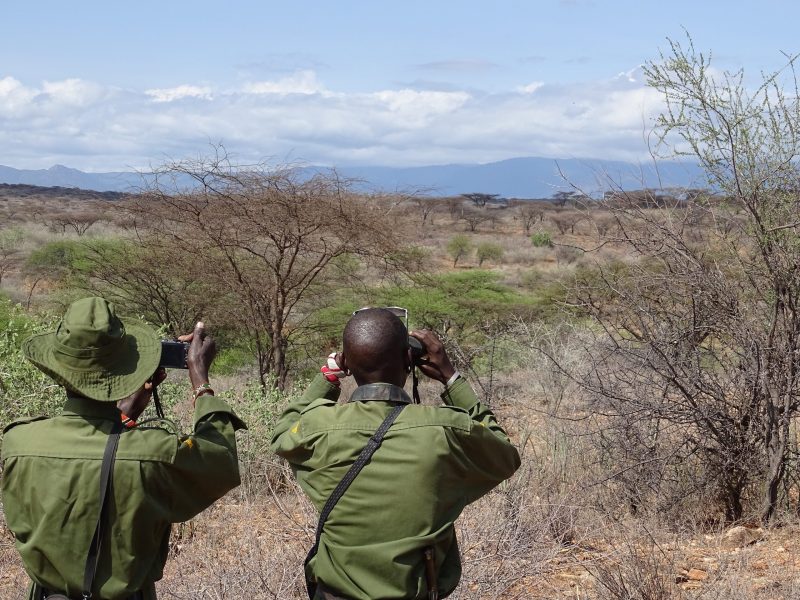
Grevy’s Zebra Ambassadors monitoring Grevy’s zebra – © Joel Loong’onyo/Grevy’s Zebra Trust
The project addresses the above threats by (1) protecting wildlife against poaching through the employment of 18 Grevy’s Zebra Ambassadors from the resident communities to patrol the area, collect data on Grevy’s zebra, and engage their communities in conservation through outreach meetings; (2) increasing the coverage of GZT’s security presence through joint vehicle patrols with county conservancy rangers; (3) increasing regional stability in support of conservation and peace through the El Barta Conservation Council which is uniquely trained in conservation conflict transformation; and (4) improving environmental stewardship by communities through holistic land and livestock management training workshops.
Continuing this work is critical not only to increasing the survival of Grevy’s zebra, but also to maintaining the wellbeing of the Ambassadors, their families and the wider community of 24,800 people, who depend directly or indirectly on Ambassador employment, and the peace-building and grazing management components of the project.
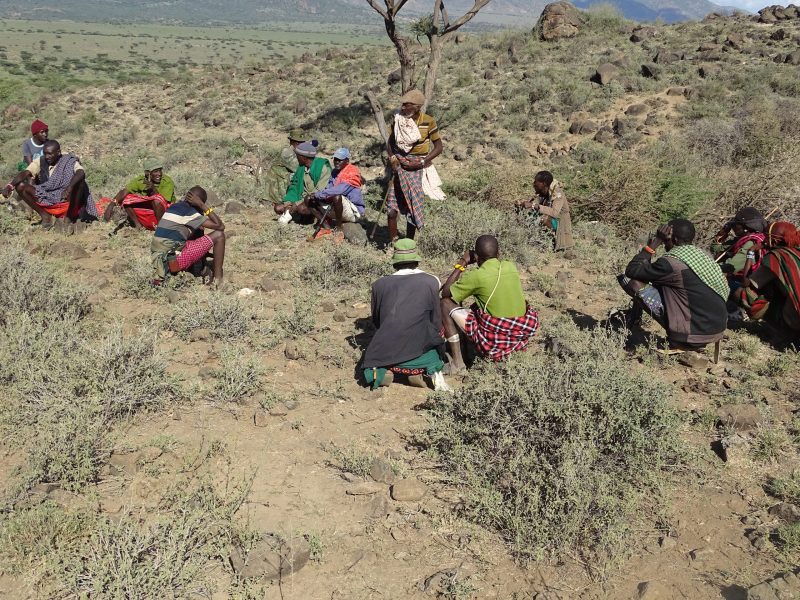
Elders and warriors discuss aligning temporary settlements to enhance grazing management – © Joel Loong’onyo/Grevy’s Zebra Trust
By January 2024, we hope to have increased the Grevy’s zebra population by a further 10% to 335 individuals. We aim to ensure that 70% of the project site is covered by our Grevy’s Zebra Ambassadors and that our vehicle mileage travelled on joint wildlife patrols with county conservancy rangers has increased to 6,400 kms. The Grevy’s Zebra Ambassadors will have held 108 outreach meetings with herders and community members. By the end of the project, 520 community members from eight villages will have been trained in Holistic Land and Livestock Management and supported by GZT to implement their community action plans to improve grazing and land use management, and ultimately the quality of the rangelands that support Grevy’s zebra and livestock.
This work is supported by IUCN Save Our Species, the EU, the Saint Louis Zoo, the Thin Green Line Foundation and the Wildlife Conservation Network.
